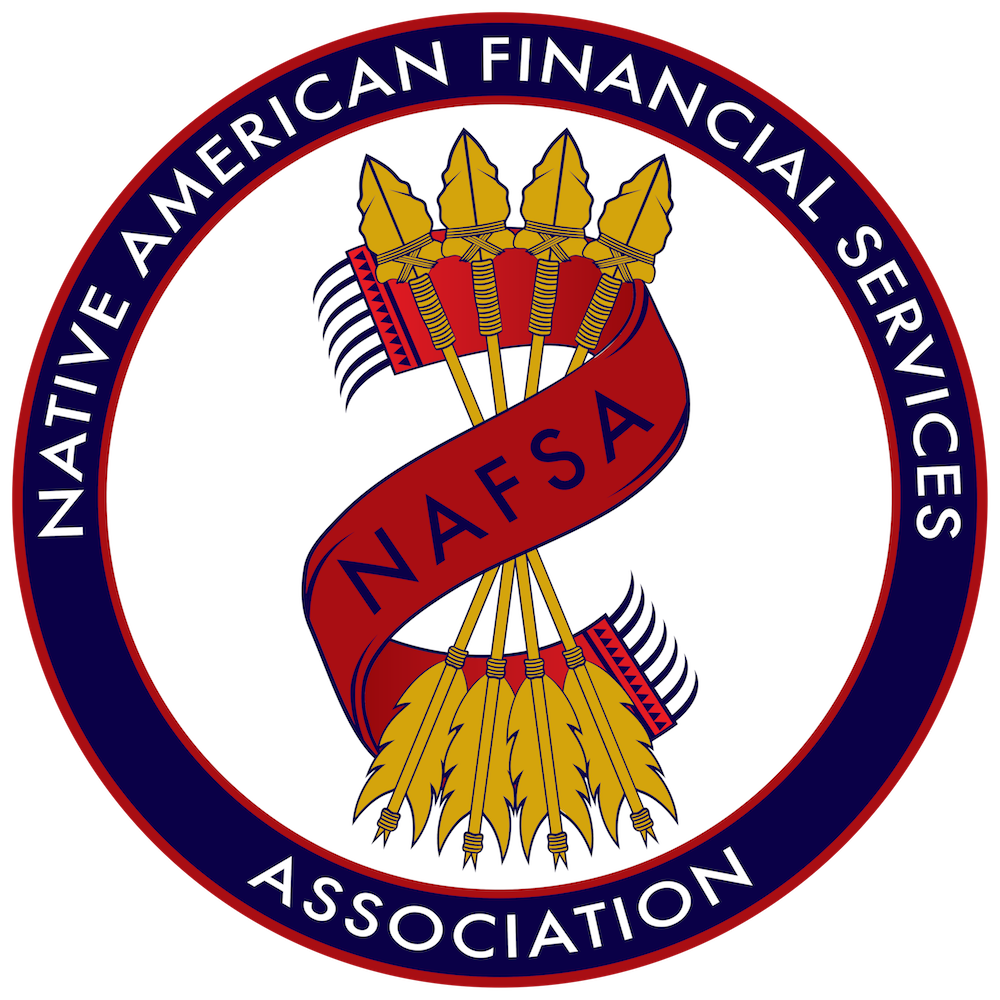The Latest Financial News
3 Steps to Keeping a Budget this Holiday Season
Budgeting your personal finances is vital all year but even more essential during the holiday season when spending can be at an all-time high. To help you create a budget, the Native American Financial Services Association (NAFSA)’s Financial Literacy...
Mulvaney’s Last Act at the CFPB
Mick Mulvaney, the former acting director of the Consumer Financial Protection Bureau (CFPB), issued a proposed rule change on “No-Action Letters” that has drawn praise from the financial sector and criticism from consumer groups. A “no-action letter” is a...
CFPB to BCFP: A Change that Could Cost Millions of Dollars
If the Consumer Financial Protection Bureau (CFPB) changes its name to the Bureau of Consumer Financial Protection (BCFP), it could end up costing businesses $300 million, according to an internal agency analysis leaked to The Hill. Under Title X of the...
Why NAFSA?
There are more than 570 federally-recognized tribes in the United States, many of whom are spread across in diverse areas. This has left a need for other tribal economic development opportunities to create sustainability and jobs on Native American reservations.
Tribal Financial Services:
![]() Create jobs & economic development on tribal lands
Create jobs & economic development on tribal lands
![]() Increase the financial independence of tribes
Increase the financial independence of tribes
![]() Deploy sovereignty & bolster tribal self-determination
Deploy sovereignty & bolster tribal self-determination

The Impact of Tribal Financial Services
Coming from a history of staggering unemployment rates, limited opportunities, and lack of access to fundamental resources, Native American tribes began online lending businesses to create real change for the future. Internet commerce has been a vehicle for supporting economic growth, tribal services, and tribal development. These are their stories.
Our Mission
To advocate for tribal sovereignty, promote responsible financial services, and provide better economic opportunity in Indian Country for the benefit of tribal communities.




